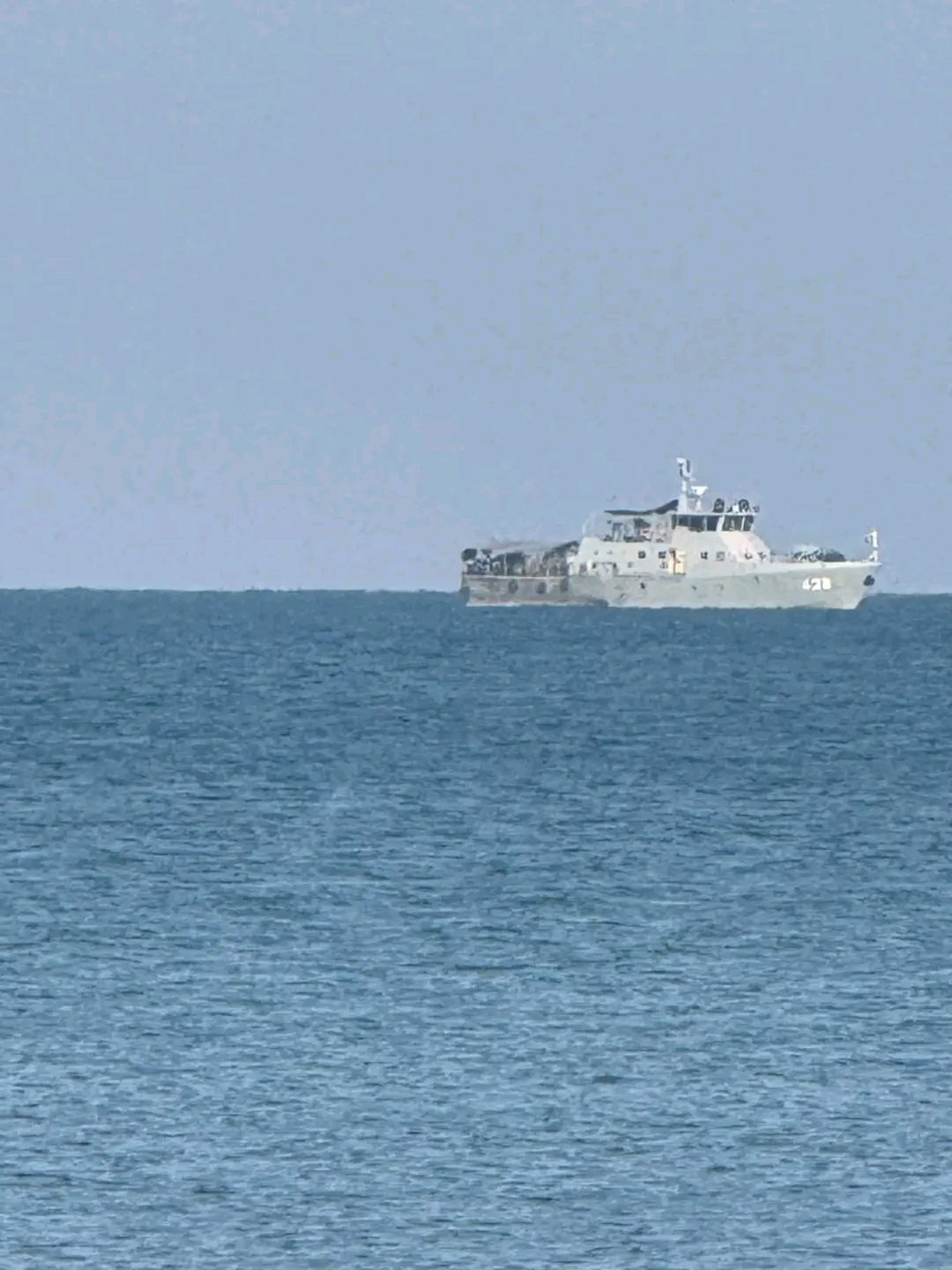
Syria’s main trading countries
Syria’s main trading partners have shifted over the years due to geopolitical events, economic sanctions, and regional dynamics. The country’s trading relationships are shaped by its historical ties, access to regional markets, and ongoing economic challenges. Below is a detailed analysis of Syria’s main trading countries.
Imports
Syria relies heavily on imports for essential goods, including food, machinery, pharmaceuticals, and fuel. However, sanctions and internal conflicts have significantly impacted its trade. Key countries involved in Syria’s imports include:
1. China
China is a major supplier of goods to Syria, particularly machinery, electronics, and textiles. Chinese companies are less restricted by international sanctions compared to Western counterparts, making them a vital trading partner for Syria.
2. Russia
Russia plays a significant role in Syria’s import network. Besides military equipment, Russia supplies agricultural products, industrial machinery, and vehicles. The strong political alliance between the two nations bolsters their trade relations.
3. Iran
Iran is one of Syria’s closest allies and an essential trading partner. It exports oil, food products, and industrial equipment to Syria. The Iranian government has also established trade credit lines to support Syria’s economy.
4. Turkey
Despite strained political relations, Turkey remains an important source of goods for Syria, especially in areas near the border. Turkish exports include food, clothing, and construction materials.
5. India
India has gradually increased its trade with Syria, particularly in pharmaceuticals, chemicals, and food products. Indian exports fill the gap left by Western countries adhering to sanctions.
6. United Arab Emirates (UAE)
The UAE is a growing hub for Syrian trade, especially in re-exporting goods like electronics, machinery, and food items. Syrian traders often use the UAE as a transit point for imports.
Exports
Syria’s export capacity is limited due to its damaged infrastructure, sanctions, and reduced production. However, the country continues to export goods like crude oil, agricultural products, and textiles. Key export destinations include:
1. Lebanon
Lebanon has long been a major destination for Syrian exports, particularly agricultural goods like fruits, vegetables, and olive oil. The proximity and historical ties make trade relatively seamless despite recent economic challenges in Lebanon.
2. Iraq
Iraq is one of Syria’s largest export markets. Agricultural products, textiles, and small-scale manufactured goods make up most of the exports. Shared borders and cultural ties facilitate trade.
3. Jordan
Jordan remains a critical trading partner, especially for agricultural exports. Despite border closures during the conflict, trade has resumed in recent years with the reopening of crossing points.
4. Russia
Beyond imports, Russia also purchases Syrian agricultural products like citrus fruits and olive oil. This trade underscores the countries’ broader economic partnership.
5. European Union (Limited Trade)
While most EU nations have imposed sanctions, some still import specific Syrian goods like textiles and agricultural products through intermediaries or under humanitarian exemptions.
6. Egypt
Egypt is an emerging market for Syrian products, particularly textiles and foodstuffs. The growing Syrian expatriate community in Egypt has also boosted demand for Syrian goods.
Challenges
Syria’s trade relationships face obstacles, including:
Sanctions: Western sanctions limit Syria’s access to international markets, particularly in Europe and North America.
Conflict: Ongoing conflict disrupts production, logistics, and infrastructure.
Currency Instability: Fluctuations in the Syrian pound hinder trade and raise costs.
Conclusion
Syria’s main trading partners reflect its geopolitical alliances and regional dependencies. China, Russia, and Iran dominate imports, while Iraq, Lebanon, and Jordan are key export destinations. Although trade has been severely constrained, these partnerships help sustain Syria’s economy in challenging times. As the country stabilizes, its trading relationships may evolve, potentially expanding to new markets.





Leave a Reply